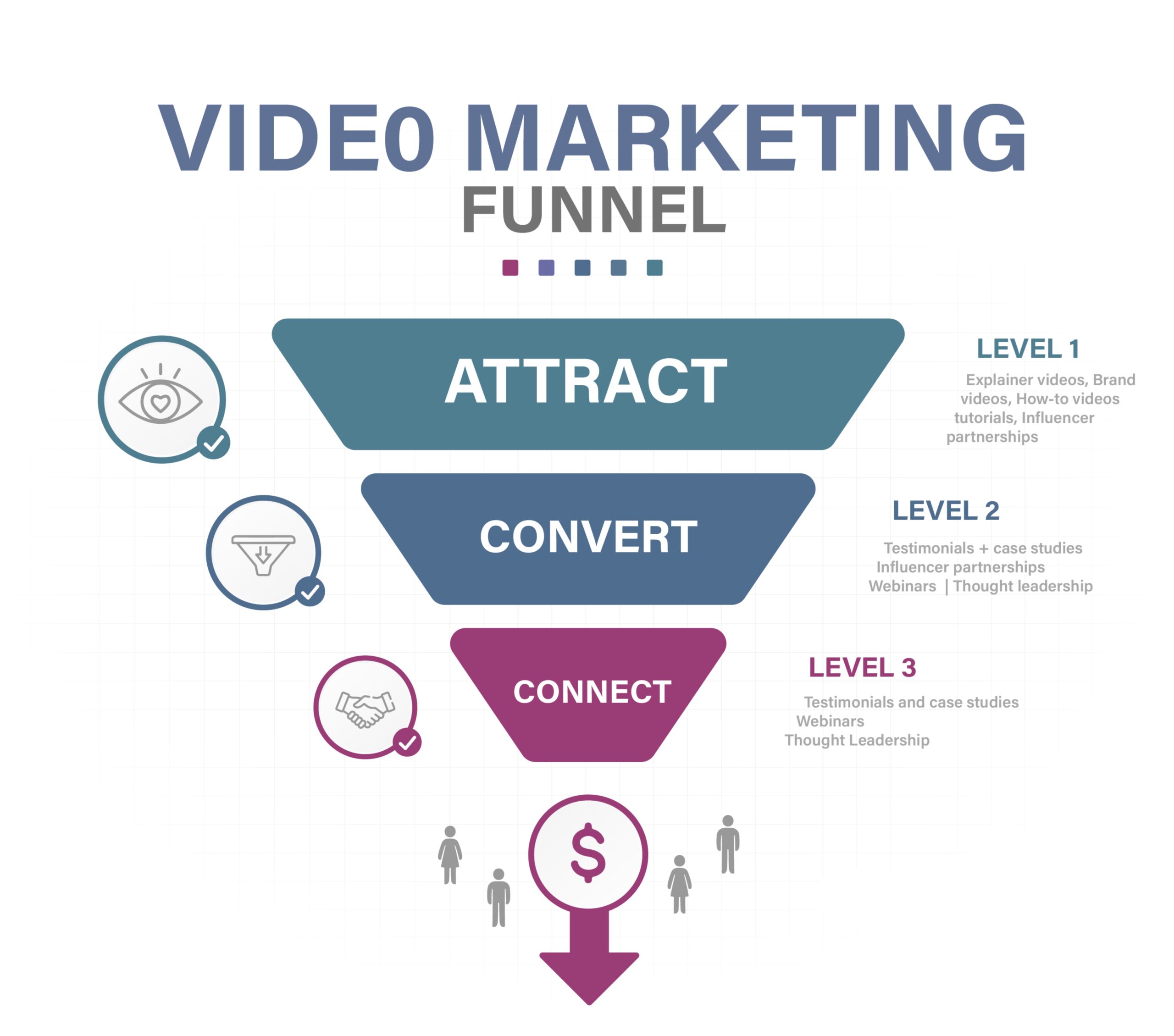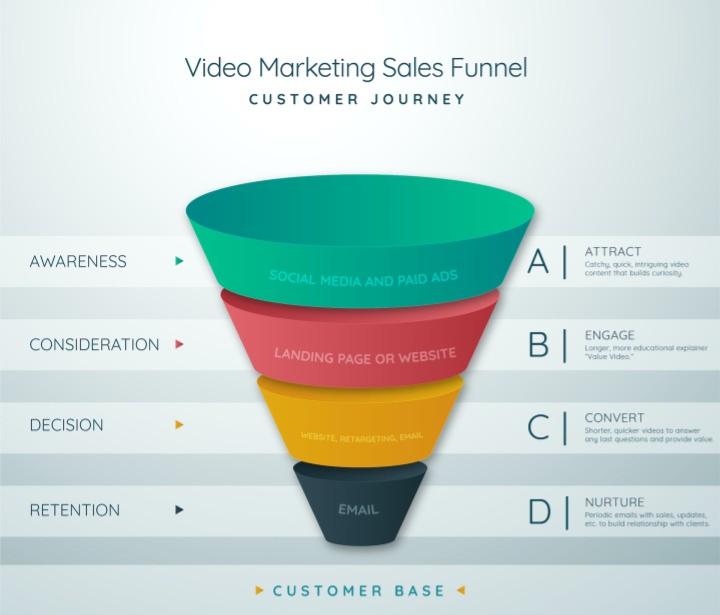When new businesses get started, the main focus is often on how to get customers to get the best ROI. They may go with traditional marketing strategies for advertising, for example: print ads and TV ads, billboards on the side of the road.
They rely on their marketing & believe that they are offering a good product or service, but how will customers find them.
However, such strategies may bring business, but there is a better and easier way. No small business, no matter how new, every business should consider the huge marketplace of prospects online.
The potential customers found online, is a much larger group than you will find locally. Using SEO, you can reach an enormous audience in a way that is both cost-effective and measurable.
Benefits of online marketing:
- You can interact with your customers and find exactly what they need.
- You can reach a global marketplace
- You can save money and more customers than traditional marketing methods
- Easy to track responses to your marketing efforts immediately
Are You Postponing Digital Marketing?
Start up business owners sometimes doesn’t have the time or the money to be competitive online. They think they can face so many challenges and they are still learning the ins and outs of business in general. Many of them may prefer to take things slowly and to stick with one or two basic forms of advertising, assuming that their business will evolve as time passes.
Sorry! This is not an effective approach. You cannot attract customers to make your business become profitable.
The presence of third-party cookies has its advantages.
For users, personalized navigation is more comfortable. Ads are contextualized and targeted according to their “topicality”.
For advertisers, this means more views, more clicks and therefore more advertising revenue.
Finally, third-party cookies allow the owner of a website to better track its visitors once they have left and to carry out retargeting campaigns to better find them .
In the B2B sector, third-party cookies are also used, especially for prospecting.
Third-party companies, i.e. companies that do not own the pages, use this information to analyse and understand user behavior in order to target them with personalised advertising.
Once the company or the user has been identified, the audience can be segmented according to several criteria and “scored” this audience in a CRM. The company owning the website can then conduct highly targeted campaigns to raise the maturity level of prospects.
The end of third-party cookies and retargeting?
For some years now, legislation has regulated the use of personal data.
With regard to third-party cookies, the owners are already required to inform their visitors of their use since the General Data Protection Regulations (GDPR) in 2018.
On the one hand, the ePrivacy bill of law, will restrict the use of third-party cookies:
Unnecessary cookies will be automatically rejected.
Consent for the use of third-party cookies must be active (default consent will no longer be tolerated).
On the other hand, all internet browsers have, or are in the process of, banning third-party cookies.
In 2017, Apple began blocking third-party cookies with Safari, followed in 2019 by Firefox. Finally, on January 14th, 2020, Google Chrome announced the gradual elimination of their use for a total block in 2022.
With 63% market share, the chromium industry has to reinvent itself.
Social profile identification remains an alternative to third-party cookies
The Facebook pixel is also used to find out its visitors.
It’s a “little piece of code” placed on your website’s pages that allows you to track a visitor when they are simultaneously connected to Facebook.
You have probably already experienced it, if you are connected to Facebook and you go to the site monsite.fr, Facebook has retained your passage and monsite.fr can send you advertising on Facebook.
For example, websites can still target their visitors with Facebook advertising and measure their audience, but Facebook can no longer use a user’s clickstream to set up a user profile and send targeted advertising.
In the B2B sector, let’s go further… with LinkedIn !
The hack to prospect the anonymous companies that visit your website
LinkedIn also has its “pixel”, called LinkedIn Inside Tag.
As with the Facebook pixel, you can automatically target visitors to your site with LinkedIn advertising.
Even if you decide not to advertise on LinkedIn, you should insert LinkedIn Inside Tag on your site.
Why? Pour analyze the LinkedIn audience of your site, including the names of companies that have visited your site.
And it’s all for free, and without any development
Tuto, let’s go!
- Login to LinkedIn and create an account in Campaign Manager.
- Go to Account Resource then Insight Tag.
- On the right, Manage Insight Tag then View Tag.
- Choose the option I would install my tag myself and copy the script.
- a) If you have access to your site’s code, paste the script into the global footer of your site, just above the HTML closing tag <body>.</body>
- b) Alternatively, you can also integrate the LinkedIn tag via Google Tag Manager by retrieving the ID of your campaign, the tag in GTM already exists .
The hack is set up!
Now, just wait until there are at least 300 visits to your site with an active LinkedIn account before collecting your first data. A little patience .
Have you reached your 300 visits? Let’s go and see the results!
1. Back to Campaign Manager, go to Website Demographics
2. In Display > Display, you can choose to display your audience according to several criteria (function, job, company, workforce, location…). Select Company.
There you go! You identify some of the companies that have visited your website!
Now all that’s left to do is prospecting: cold emailing, cold calling… It’s up to you!
In a future article, we will give you some tips on how to use this information to prospect properly. Stay tuned!






